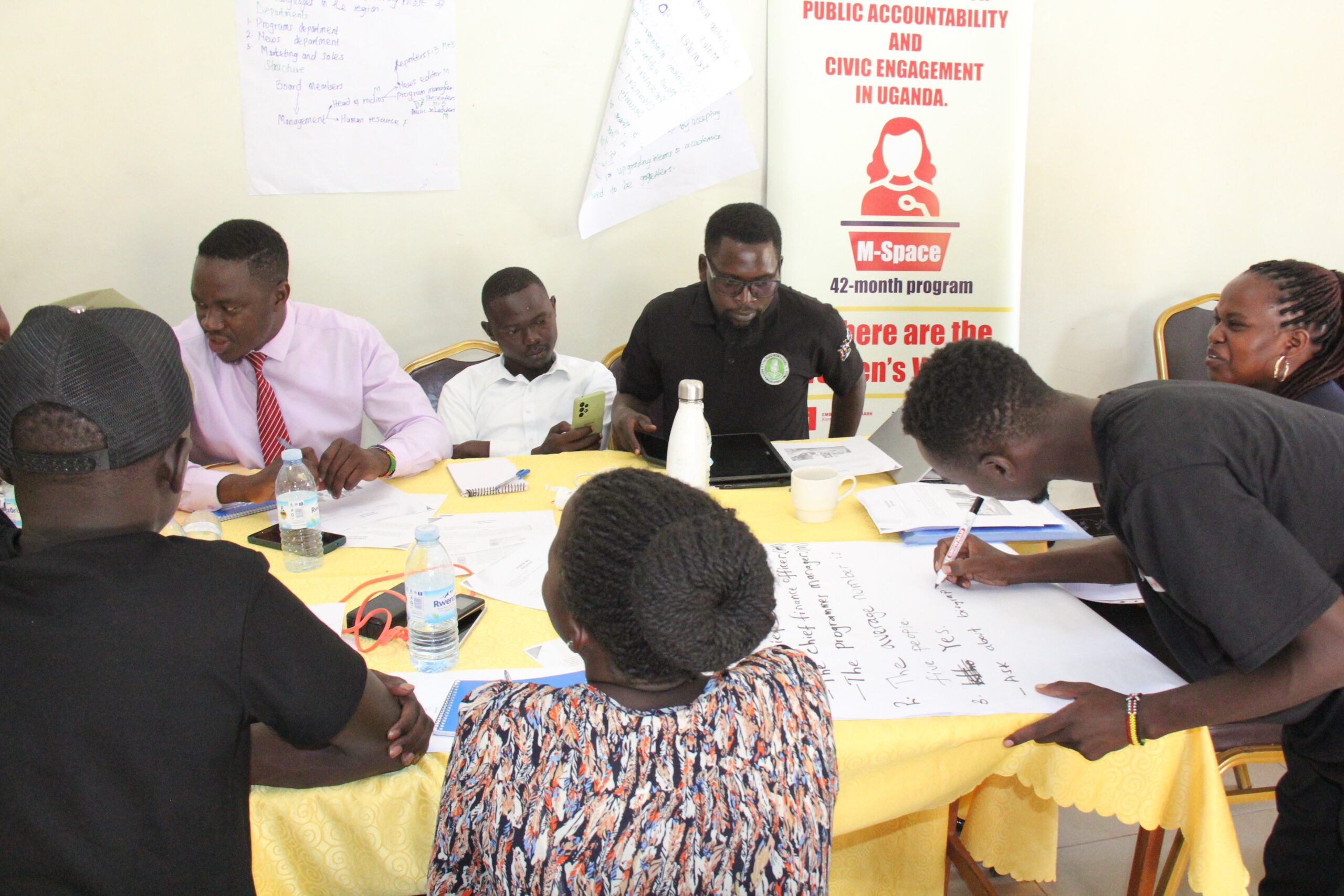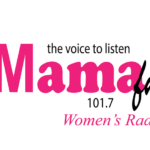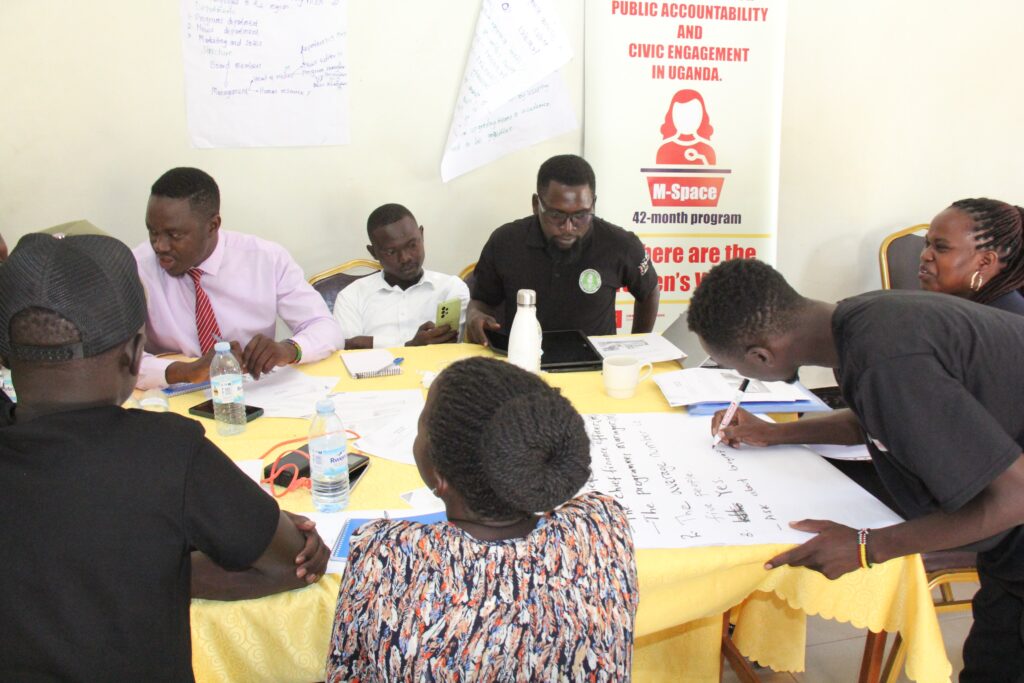
 Mama FM
Mama FM

 Mama FM
Mama FM
23 July 2025, 9:35 am

By Byamukama Alozious
The Uganda Media Women’s Association (UMWA) has launched an 18-month project to monitor media houses and journalists in West Nile and other regions, aiming to enhance gender inclusion and amplify the voices of marginalised groups in the media.
The initiative, funded by the United Nations Development Programme (UNDP) under the Spotlight Initiative on Gender for Development, is being implemented in Arua, Madi Okollo, Lamwo, Kasese, Gulu, and Kampala. It seeks to strengthen gender-sensitive and human rights-based reporting, particularly on Gender-Based Violence (GBV), Sexual and Reproductive Health Rights (SRHR), and refugee rights.
“We are in West Nile to monitor media content and practices to ensure inclusion, fairness, and the representation of women, persons with disabilities (PWDs), refugees, and other marginalised groups,” said Doreen Sampa, Advocacy and Lobbying Officer at UMWA, during a sensitisation meeting with journalists in Arua.
According to Sampa, the project not only equips media practitioners through training and orientation sessions with media managers but also incorporates gender media monitoring using a standardised tool developed by UMWA. The tool assesses various elements such as the tone of stories, gender of sources, statistics used, and even the photographers behind the published images.
“I once monitored a TV station where the female chairperson was barely given airtime in a news story, yet her male vice-chair was extensively featured. This imbalance is exactly what we aim to address through our monitoring efforts in West Nile,” Sampa noted.
She added that even in news bulletins read by both male and female anchors, women are often relegated to presenting the less prominent stories—an unconscious bias that needs correction.
Local journalists in the region have welcomed the initiative. Ondia Jennifer, a journalist at Radio Arua One, expressed optimism that the monitoring will highlight the persistent gap in women’s participation in media discussions.
“I have a daily programme on air, and some topics really require women’s input, but I don’t see it happening. The monitoring will help us and our audiences understand whether it is a technology barrier, or if women lack access to phones and data. We need answers to improve participation,” Ondia remarked.
Similarly, Acirocan Flavia Prude, a journalist with Radio Pacis, emphasised the need for UMWA to directly engage with media houses to understand the barriers on the ground.
“We need to take gender issues seriously. Sometimes marginalised groups, including women, are intimidated or uncomfortable speaking out. Out of 10 callers on radio shows, only about two are women. UMWA should visit media houses and analyse the realities we face,” Acirocan said.
The programme, operating under the banner “Journalists for Cooperation,” will track and document biases, aiming to empower marginalised communities through fairer representation. Outstanding journalists and media houses will also be recognised through an awards scheme for exemplary reporting on GBV, SRHR, refugee issues, and inclusion.
The monitoring efforts are timely as Uganda continues to grapple with gender inclusion gaps. Despite women constituting 51% of Uganda’s population, their voices remain underrepresented in media narratives. Similarly, the country’s 1.9 million refugees face documentation challenges and untold cases of GBV, while 1.4 million persons with disabilities (UBOS 2024 Census) remain sidelined in media and policy discussions.
Sampa emphasised that by tracking media content and practices, UMWA’s work contributes to advocacy reforms, the recruitment of diverse voices in media, and the establishment of community-sensitive reporting standards.